Yu the Great Taming the Floods Scroll” (Yu Wang Zhi Shui Tu Juan)
Attributed to Southern Song painter Zhao Boju (1120–1182), a royal descendant of Emperor Taizu, this 30.5 x 373 cm silk handscroll (now in Taipei’s National Palace Museum) blends myth and history through its vivid portrayal of Yu the Great’s legendary flood control. Executed in the blue-green and gold-leaf painting style (qinglü miaojin), the work depicts Yu directing laborers to “chisel mountains, divert rivers, and dredge waterways”—a radical shift from his father Gun’s failed damming methods, as recorded in Shiji.
Key Features
- Artistic Technique:
- Zhao’s gold-accented mineral pigments evoke divine intervention, with swirling rivers rendered in malachite green and azurite blue. The use of gold outlines on cliffs and laborers’ tools symbolizes imperial endorsement of Yu’s mandate.
- Composition: Divided into three narrative sections—chaotic floods, communal labor, and subdued waters—the scroll mirrors the “three phases of cosmic order” in Daoist cosmology.
- Historical Context:
- Painted during the Southern Song’s territorial losses to the Jin dynasty, the work subtly critiques contemporary governance by glorifying Yu’s unifying leadership.
- The appended Yu Gong (Tribute of Yu) text by Yuan scholar Yu Ji reinforces the theme of geopolitical unity, mapping Yu’s nine provinces (jiu zhou) as a proto-Chinese empire.
- Symbolism:
- Yu the Great: Shown wearing a black robe (symbolizing water in wuxing theory), Yu embodies the Confucian ideal of “selfless rulership” (sanshi guo men er bu ru—thrice passing his home without entering).
- Laborers: Their diverse tools—stone hammers, wooden levers, and fire-setting gear—reflect Song-era engineering advancements, while their synchronized movements echo Mencius’ philosophy of collective effort.
- Colophons & Legacy:
- Yuan scholar Yang Weizhen praised Zhao’s “divine brushwork that channels Yu’s cosmic energy”, while Ming collector Wen Zhengming noted its fusion of Wang Wei’s lyricism and Li Sixun’s grandeur.
- The scroll later inspired the Jade Mountain of Yu (1748–1787), a 5-ton Qing dynasty jade carving commissioned by Qianlong to legitimize his flood-control policies.
Cultural Significance
As both a mythological narrative and political allegory, this scroll epitomizes the Song literati’s reverence for antiquity. By merging Tang decorative brilliance with Song empiricism, Zhao Boju elevated landscape painting into a medium for statecraft—a tradition later enshrined in the Xuanhe Painting Manual’s canon. Its preservation through wars and dynastic shifts (now in Taipei) testifies to Yu’s enduring legacy as China’s archetypal hero-engineer.
Translation note: Terms like “青绿描金” (blue-green and gold-leaf technique) and “凿岭开山” (chiseling mountains) are rendered to preserve their technical and cultural specificity. Mytho-historical figures (e.g., 鲧-Gun, 舜-Shun) retain pinyin for academic consistency.
Artist Profile:
Zhao Boju (1120–1182), styled Qianli, was a Southern Song imperial clansman renowned for his gold-green landscapes (jinshi qinglü). His works, including A Thousand Miles of Rivers and Mountains, synthesized Tang dynasty opulence with Song scholarly restraint. Alongside his brother Zhao Bosu, he revitalized the “blue-green school” during an era dominated by ink-wash minimalism.

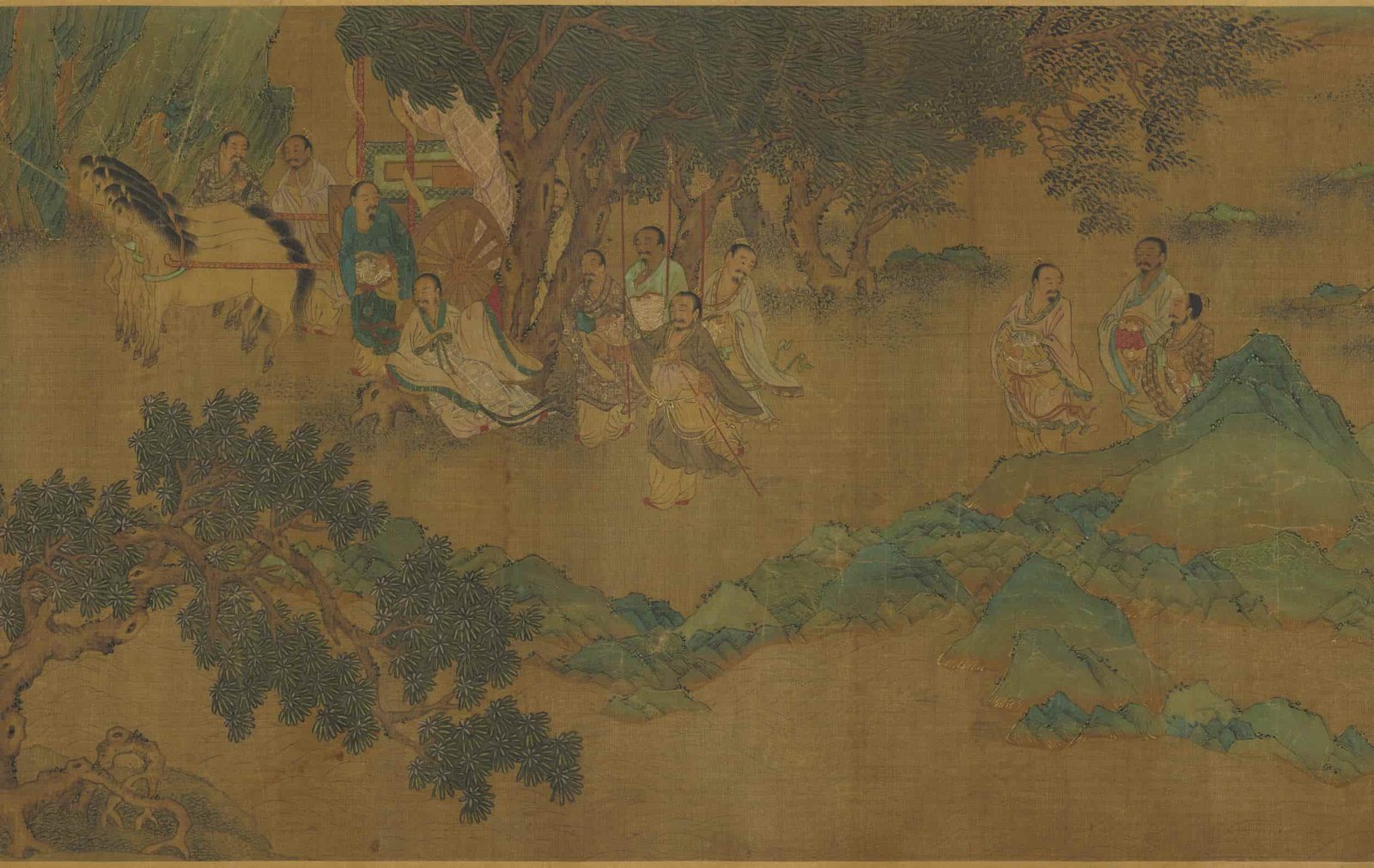
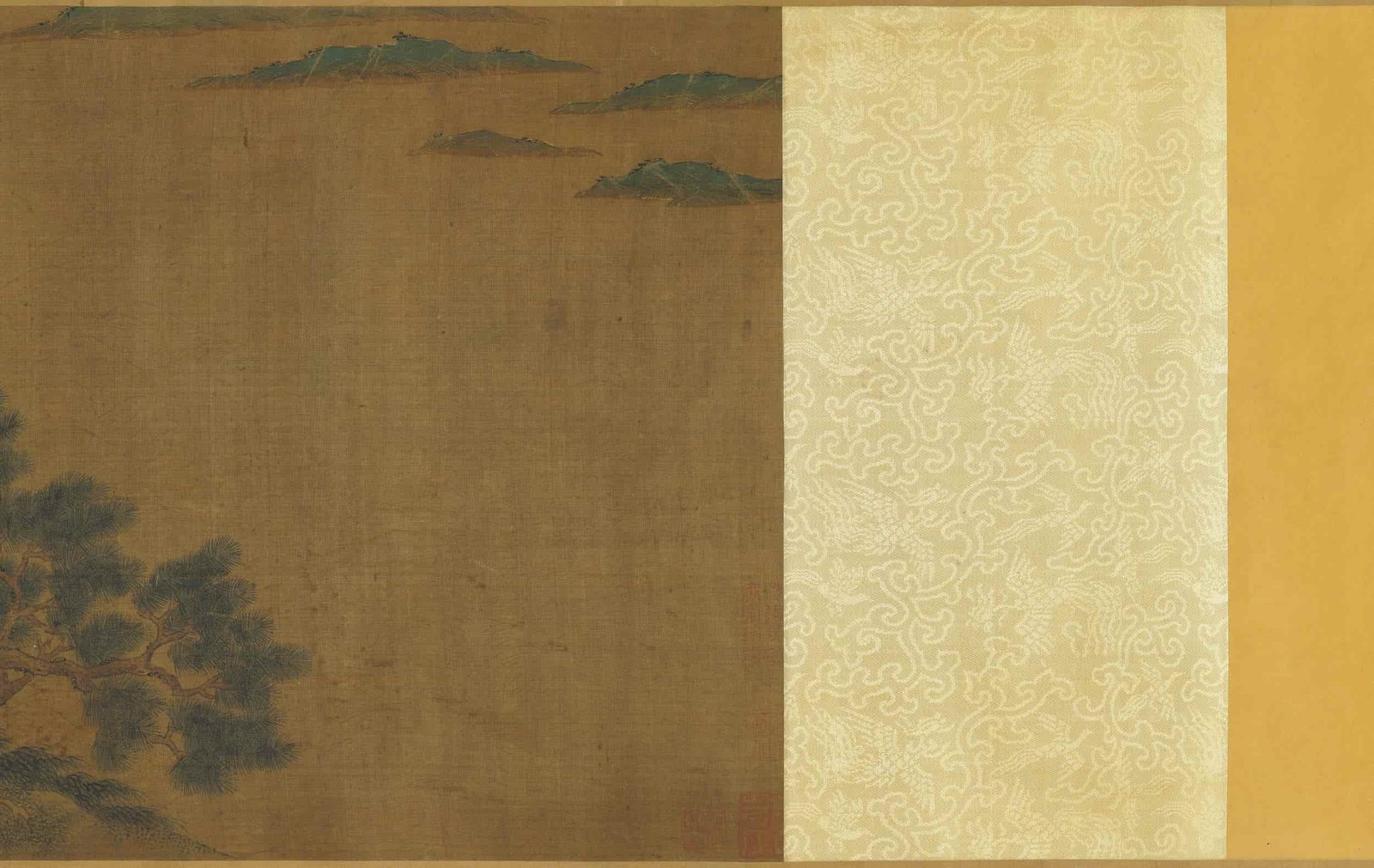
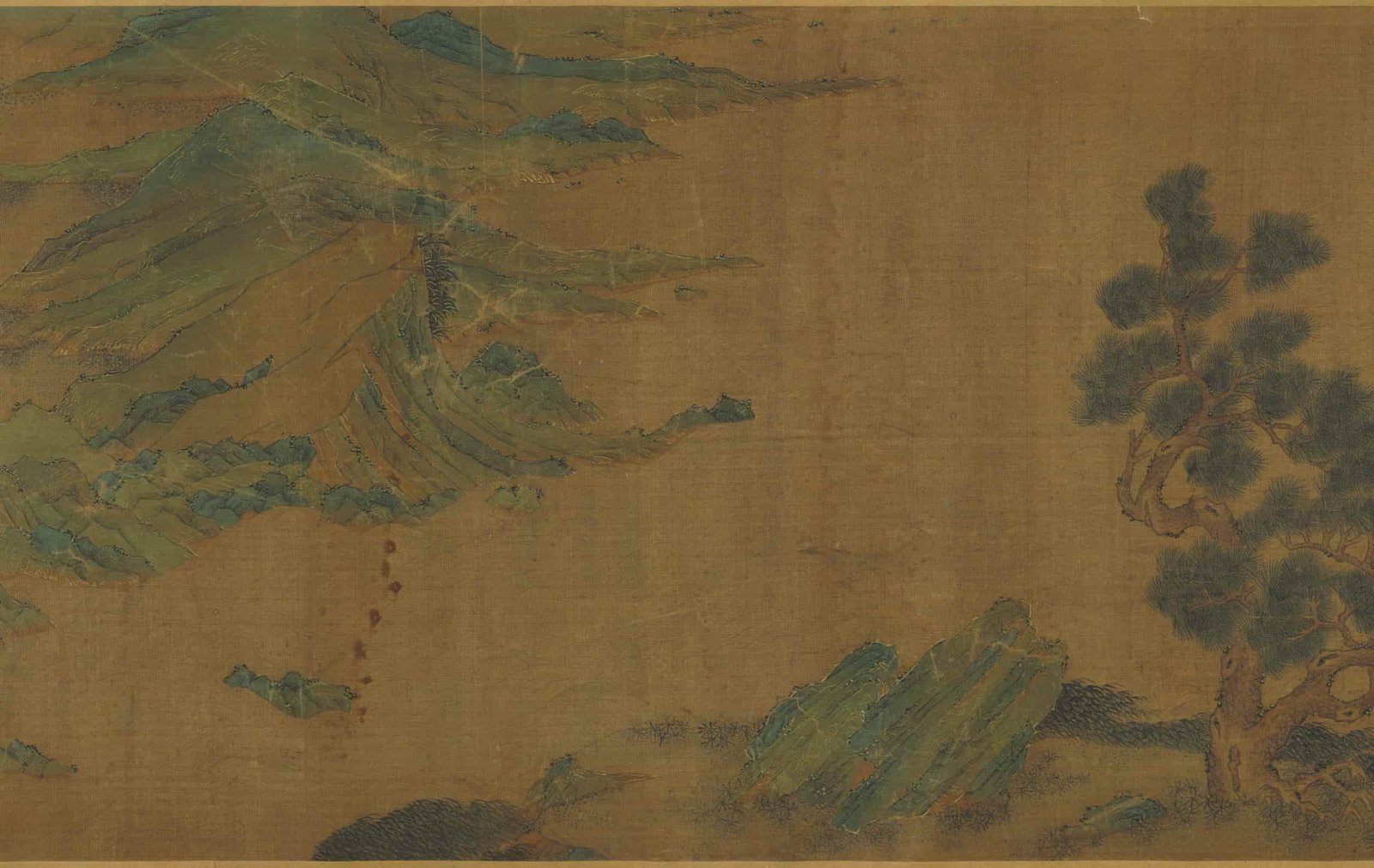
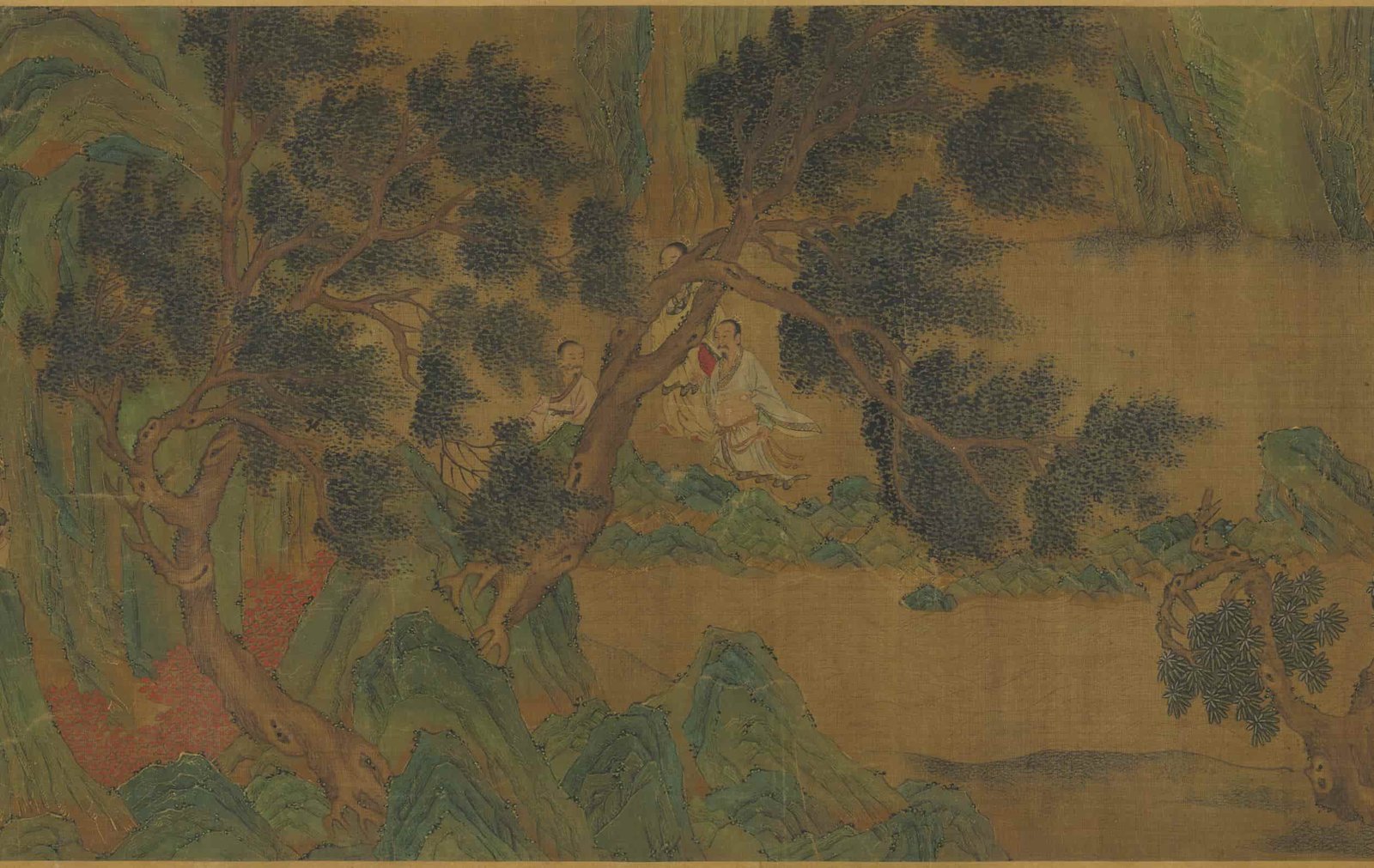
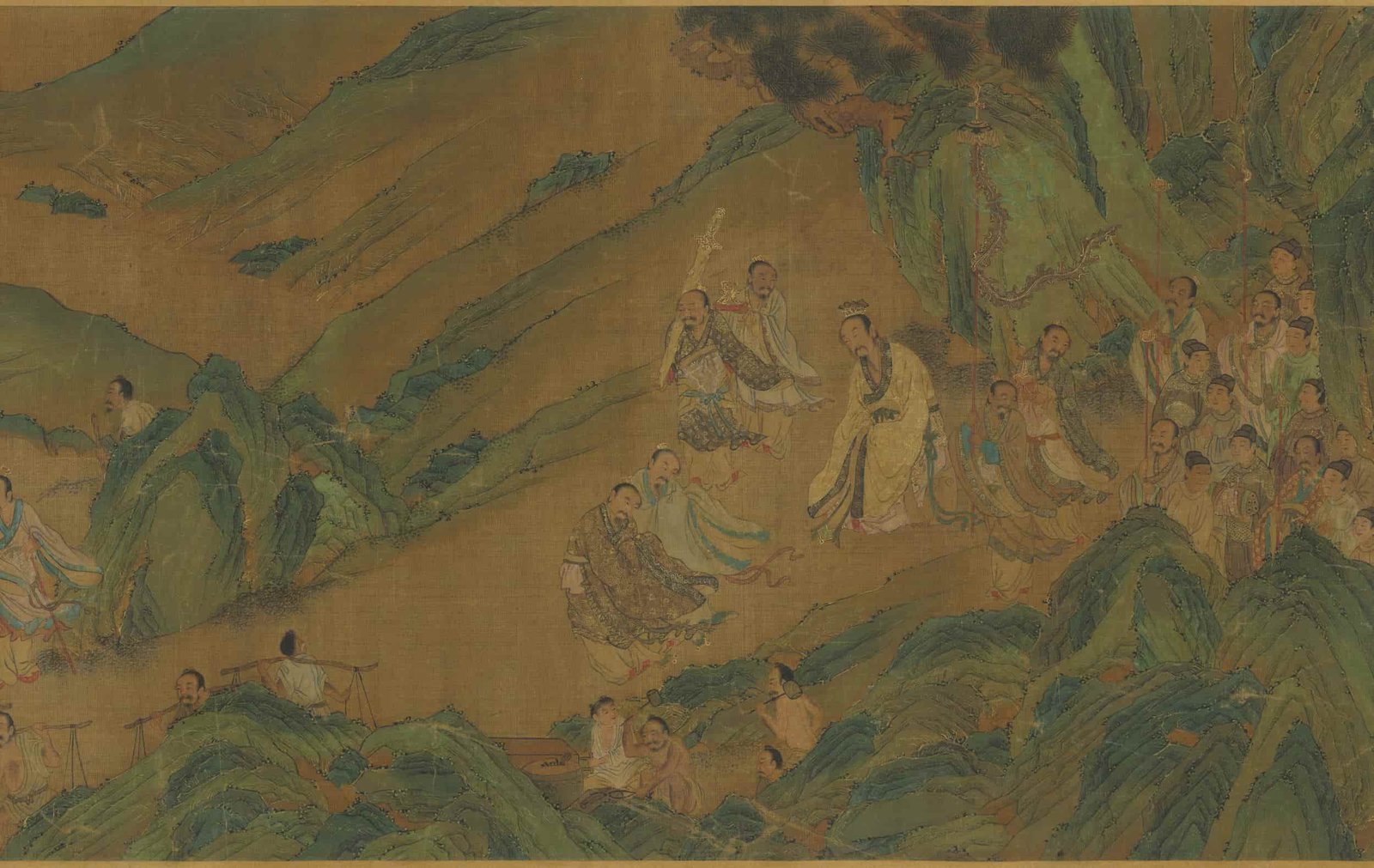
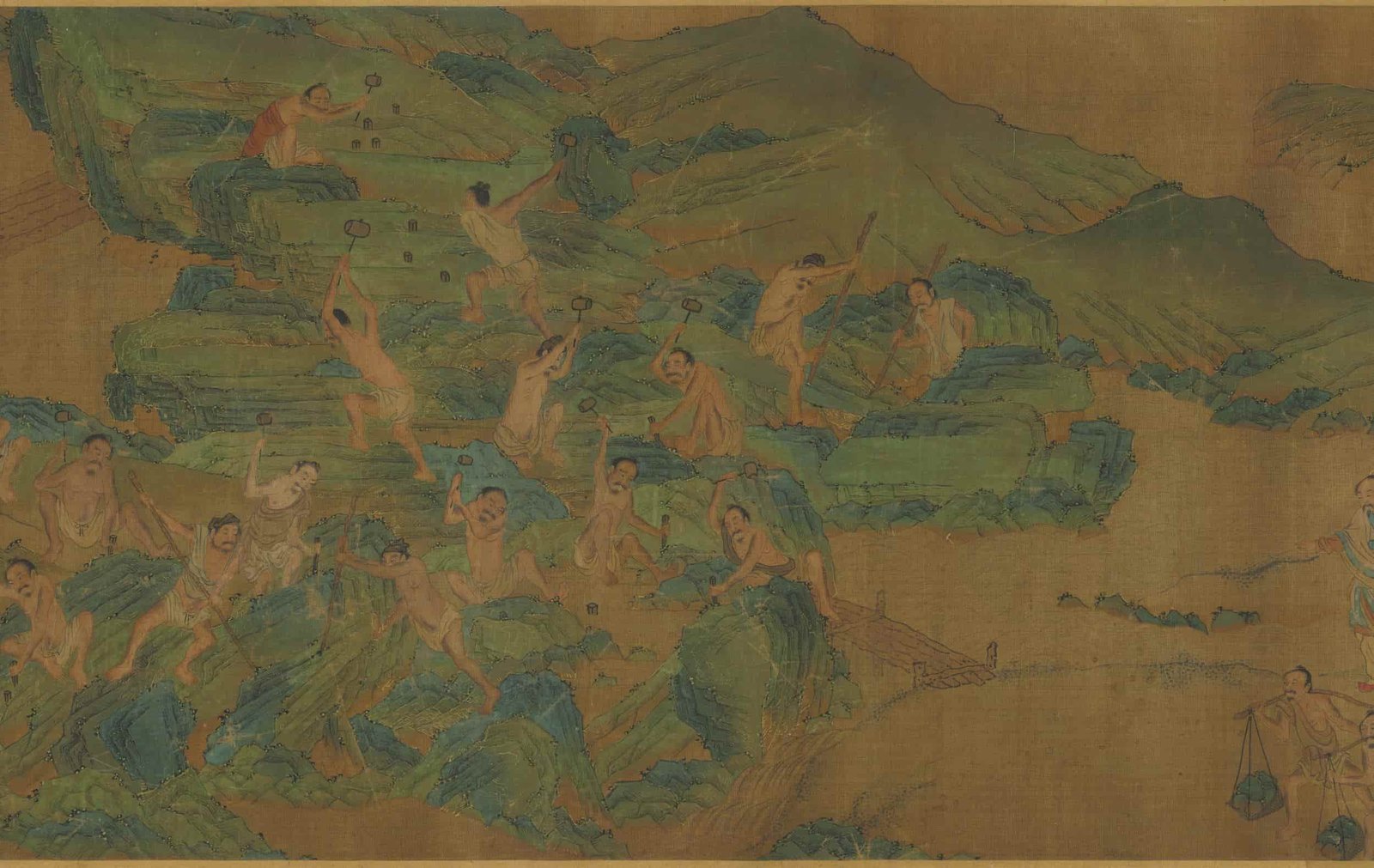
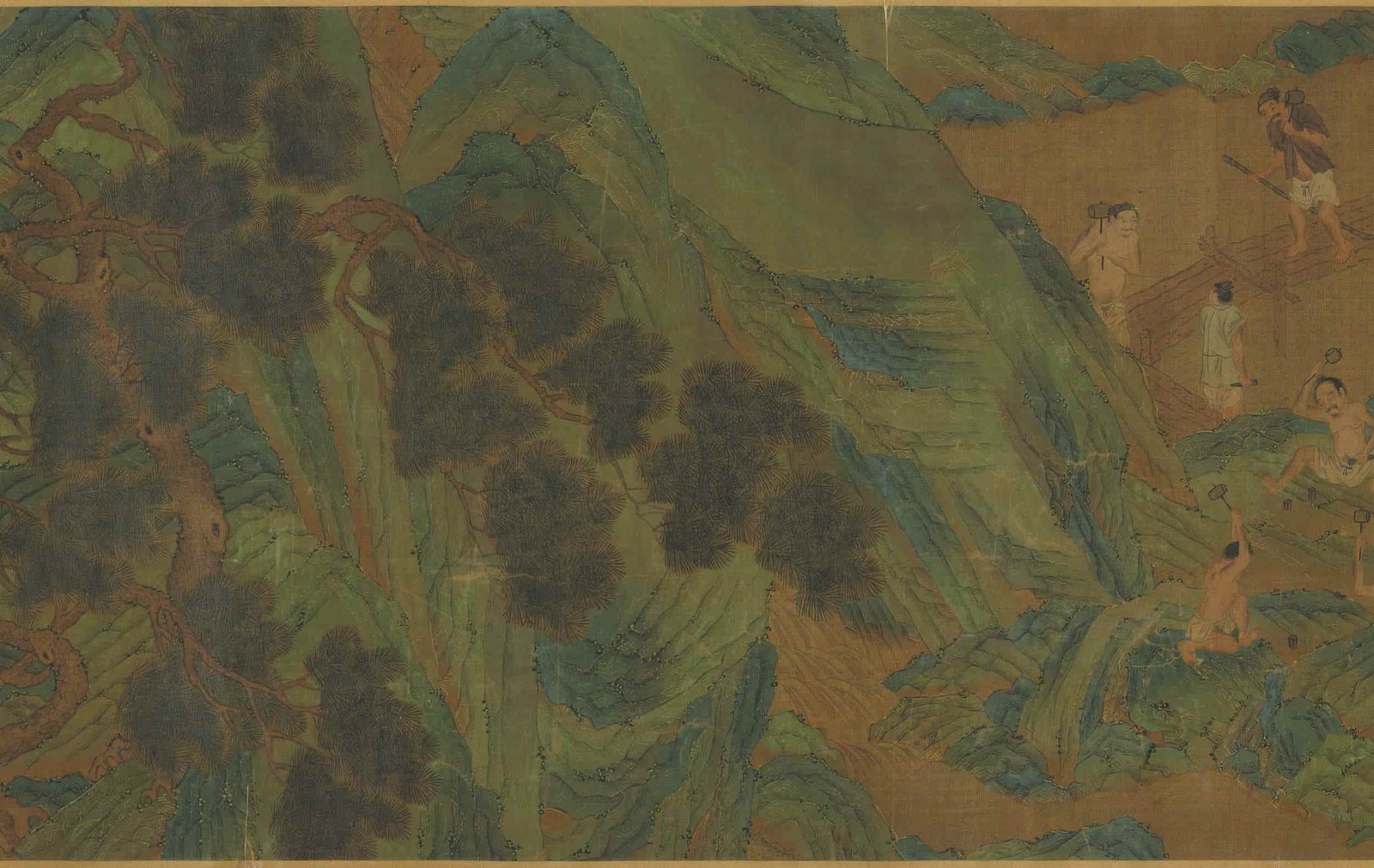
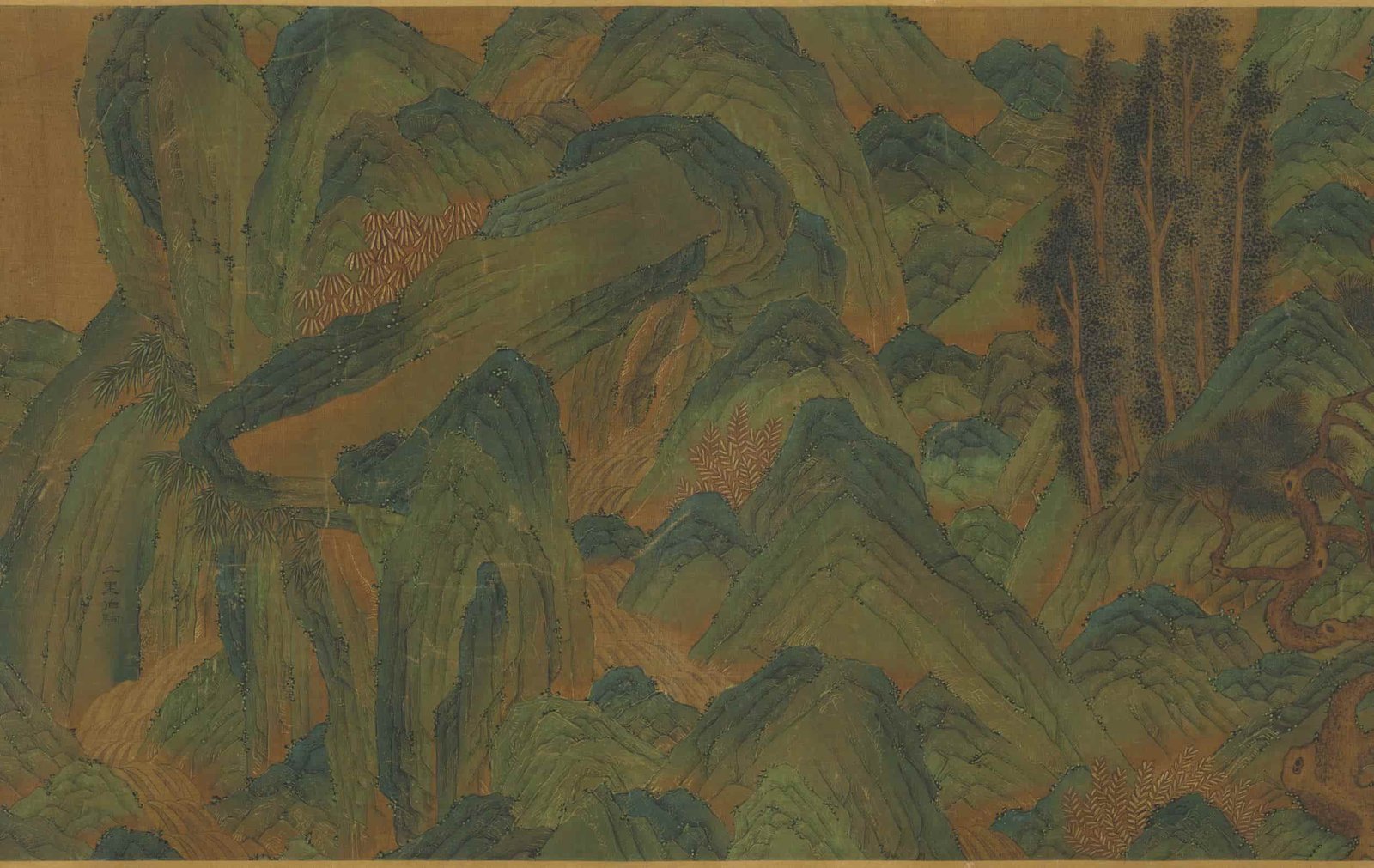
评价
目前还没有评价